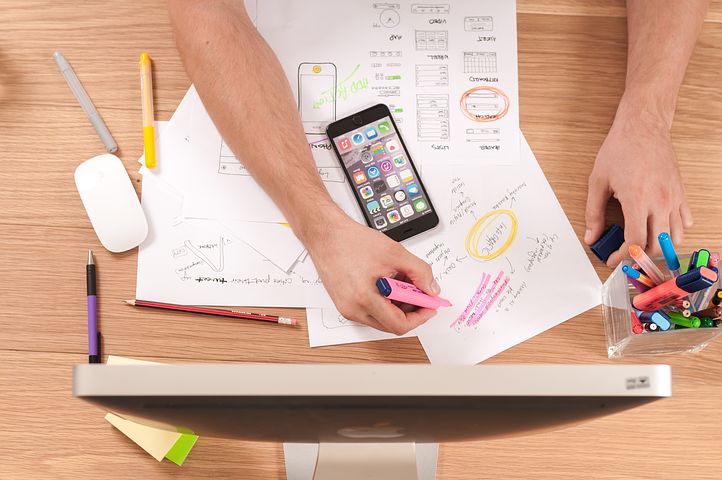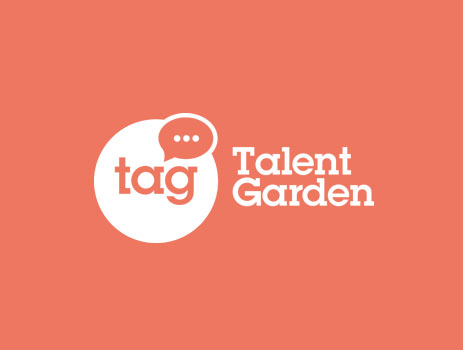

Don't you want to read? Try listening to the article in audio mode 🎧
User interface (UI) design can often be one of the last things teams consider when creating iOS applications. This can happen when developers need to transfer something to the designer, close to the delivery date. It's also normal, in situations like this, to have designers not skilled in iOS, creating UIs that look extraordinary on different platforms, however, end up looking untidy and buggy when ported to iOS.
This is a somewhat common issue as Apple UI design can be tricky. However, as justifiable as it seems to be, disregarding the application UI can sabotage even the best application if users feel uneasy while using it. In this blog entry, we will take a closer look at several major guidelines to consider and mistakes to avoid if you really want to make an impression through UI design.
Guidelines to Consider in Apple UI Design
These guidelines portray how to design an easy-to-interact-with UI design that follows the Human Interface Guidelines (HIG) for iOS by Apple. At times, it can be a good idea to improvise and bend some rules but this isn’t the case here. Do remember that the reason for this section is to direct you, not to give solutions for unique and complicated UI issues.Understand The Difference Between Pixels and Points
Points are a resolution-free metric. Depending upon the screen's pixel density, a point can contain more than one pixel. While pixels are the smallest component that we can handle on a digital display. The more pixels that can be fitted into a particular screen size, the higher the PPI (pixels-per-inch), and the clearer the content becomes. When you are designing for different resolution types, you should think in points but design in pixels. This means you will have to export the entirety of your assets in 3 unique resolutions, regardless of which resolution you are designing your application.Pick Your Color Palette Carefully
Be attentive in your approach to color scheming. Your color palette and how you export it will have a big impact on the user experience of your Apple UI design. HIG recommends restricting your color range to those that are in your image logo throughout your design. Additionally, you'll need to ensure that the colors in your scheme work collectively towards a more natural UI. Use the colors in your range to reliably show different UI components that assist the user with easily understanding the various parts of the interface.Postpone Sign-in As Long As Possible
Apple urges developers and UI designers to re-evaluate the entrance experience to their applications. If possible, eliminate the sign-in and sign-up altogether. Sadly, not every application you design will allow you to totally remove sign-in functionality. However, you may be able to delay the sign-up screen to the end so the users can get a taste of the experience they can expect after they sign-up. Additionally, you can improve the user experience by presenting a variety of sign-up options to make it more convenient. For example, Password Auto-fill, Facebook Login, Google Login, Sign in with Apple, and the default email and password sign-in feature.Mistakes to Avoid to Ace Apple UI Design
Attempting To Do Too Much With An App
The mistake you frequently find with design is a designer’s approach to do more. Take widgets as an example. They are supposed to convey a single idea, message, or piece of information to your users. Widgets, by configuration, should be coherent – they exist so people can get information rapidly. When designing a widget fitting both temperature and forecast together, it should not be at the expense of it being coherent. Certainly, you can maximise the accessible space, but your users won’t be able to look at it quickly.Not Being Consistent With Design
Related to the above mistake, an issue that application designers run into is trying to design everything to be as customised as possible, but lacking consistency. Designing this way is a common mistake. It's exceptionally common in website designs, with various libraries and tools available. To stay away from design inconsistency, having a style library for an iOS project is a good idea. Here you can create and outline the different components and features such as buttons, arrows and icons that will be used throughout your design. This means that such components don’t need to be designed in every instance and it will ensure consistency in the appearance of your project.Failing to Communicate
UI designers and application developers have totally different approaches and notice different things when creating the same application. This point is frequently missed on a ton of design projects and can be costly. On one hand, a UI designer may not see all the code that has gone into the application. They will not know what limitations they need to think about when designing the UI. On the other hand, a developer may not understand why a designer used a specific format. Avoiding this mistake is quite simple: make time and space for both designers and developers to communicate directly and discuss these finer points in the design. It gives them space to develop a common understanding of what the application can do, how it is intended to be used and how to create an incredible user experience.Conclusion
Designing for Apple's iOS platform may not be as simple as other operating systems. Nonetheless, the rewards of creating an immersive UI experience for one of the most well-known, if not top, operating platforms on earth does have its own potential gains. Throughout the learning curve, there's been more and more UI design flexibility to play with. UI designers have the opportunity to make considerably more vivid user experiences than before. Let these guidelines and common mistakes for Apple UI design be the motivation you need to get going!
Article updated on: 09 August 2023

Don't Waste Your Talent. Turn It Into a Career With a Course That Fits Your Needs!
Talent Garden is your Digital Skills Academy, offering courses in Digital Marketing, UX Design, Digital HR and Data Analysis designed to launch your career.
Keep reading

4
min read
What is a Data Warehouse and how does it support Business Intelligence?
At a time when company decisions are increasingly becoming Data Driven, it is essential to have one or more sources of ...
Talent Garden
10/06/2022

3
min read
Android UX Design: software, tools and fundamentals
At present Android retains more than 70% of the global market share, so designing for Android is a skill that cannot be ...
Talent Garden
18/10/2021

12
min read
UX Design: A complete guide to plan an efficient User Experience
When creating any digital project, the focus must now be on the user. Websites, marketing campaigns, posts and social ...
Talent Garden
22/01/2019

1
min read
The Difference Between Accelerators and Incubators
What’s the difference? When looking at the opportunities accelerators and incubators offer to startups, both of them ...
Talent Garden
13/07/2017
